Croatia = Game of Thrones
March 2022 - World Cruise
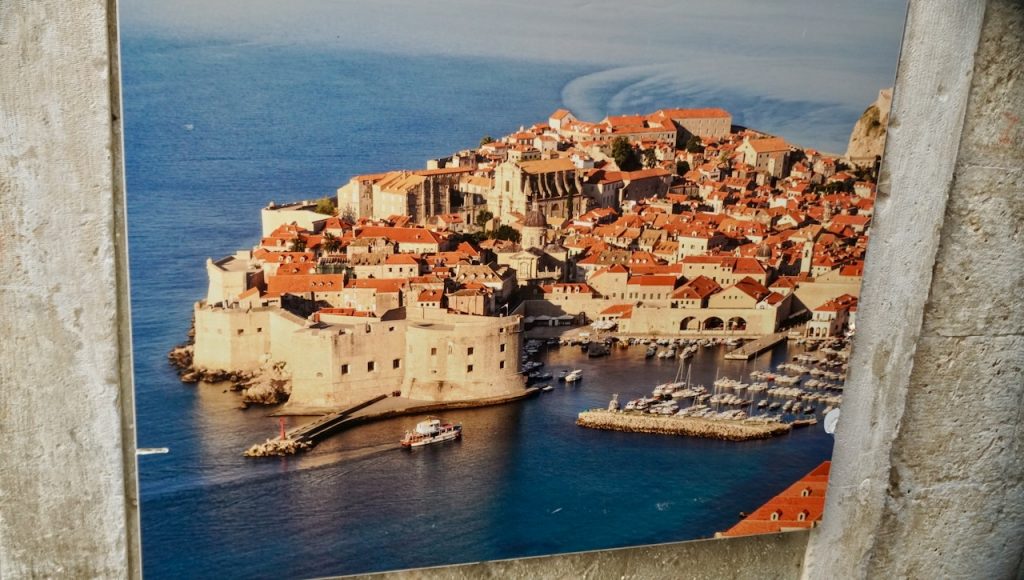
The Viking Star called on three ports on Croatia’s coast: Zadar, Split, and Dubrovnik. Dubrovnik, in particular, played a central role in the filming of the popular series Game of Thrones. I only watched the first two episodes of this popular series, which were two violent for my taste. But now I am inclined to skim through the series to see scenes from Dubrovnik and Split which took advantage of these cities’ medieval buildings.

Croatia was conquered by the Venetians and the Ottomans before becoming part of Yugoslavia under dictator Tito. After Tito’s death, Yugoslavia’s most powerful component, Serbia, did not accept Croatia’s desire to be an independent nation. Serbia proceeded to bomb Croatia in 1991, including extensive damage to the historic medieval buildings of Dubrovnik. Croatia’s volunteer forces prevailed against the superior Serbian military forces (similar to Ukraine’s resistance to the Russian invasion), leading to Croatian independence. Dubrovnik and Croatia’s other Serbian-damaged cities rebuilt their damaged buildings exactly as they had been before the war. It is these historic buildings, fortresses, city walls, and cathedrals that have stimulated the tourist boom in Croatia, aided most recently by the Game of Thrones.
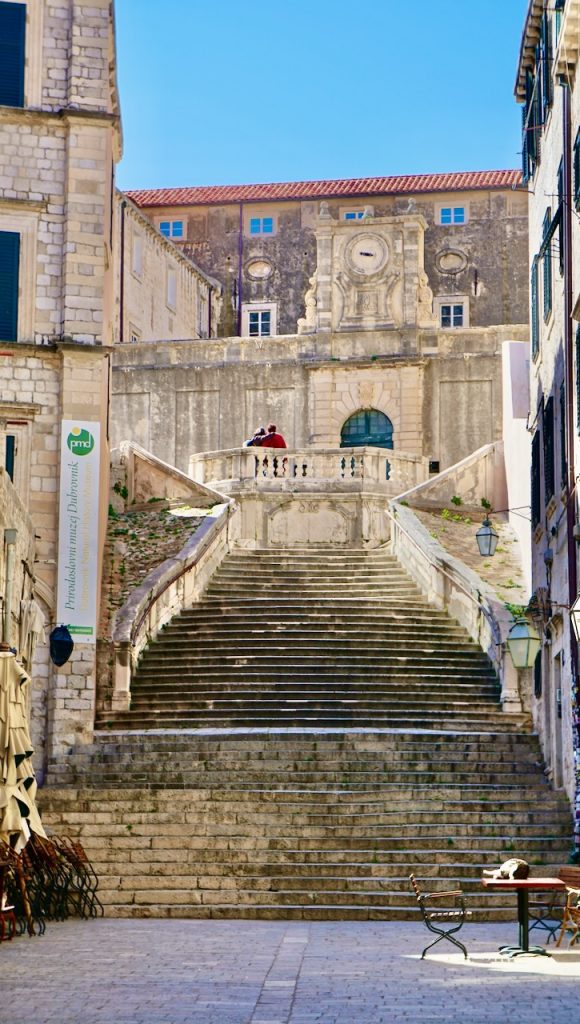
Mostar, Bosnia-Herzegovina
Besides visiting the three Croatian port cities, Susan and I took a day trip into Bosnia-Herzegovina to the city of Mostar, whose historic medieval bridge was destroyed in the recent Balkan war. The bridge was also rebuilt exactly as before and has made Mostar a famous tourist destination. It must be noted that Bosnia-Herzegovina has two areas called Republika-Serbska, areas populated in the majority by Serbs who would like to leave Bosnia become part of “greater Serbia”. The ethnic conflict between Bosnians and Serbs (who speak the same language) could become the spark of a future civil war between Serbia and Bosnia-Herzegovina. I hope not.
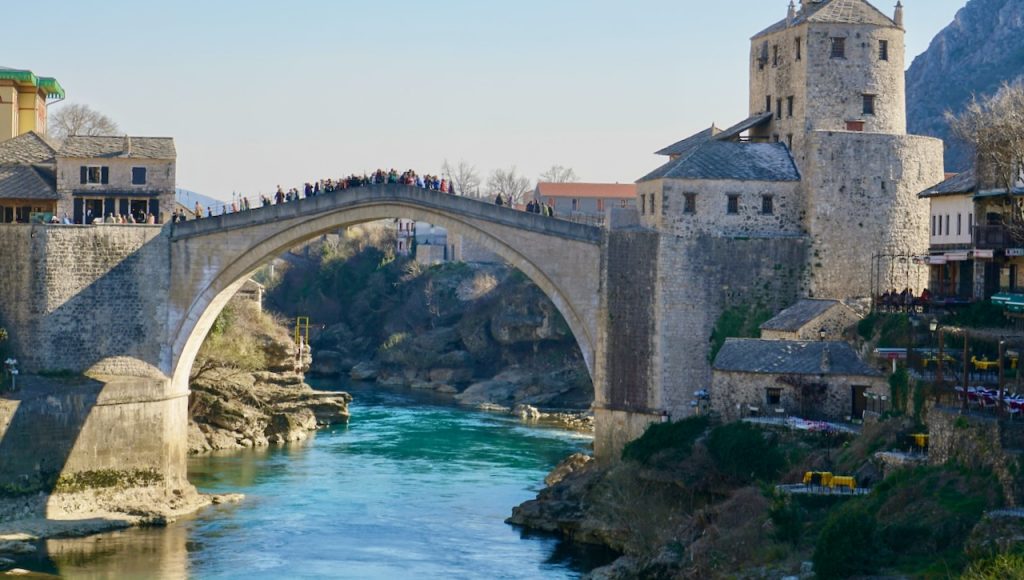
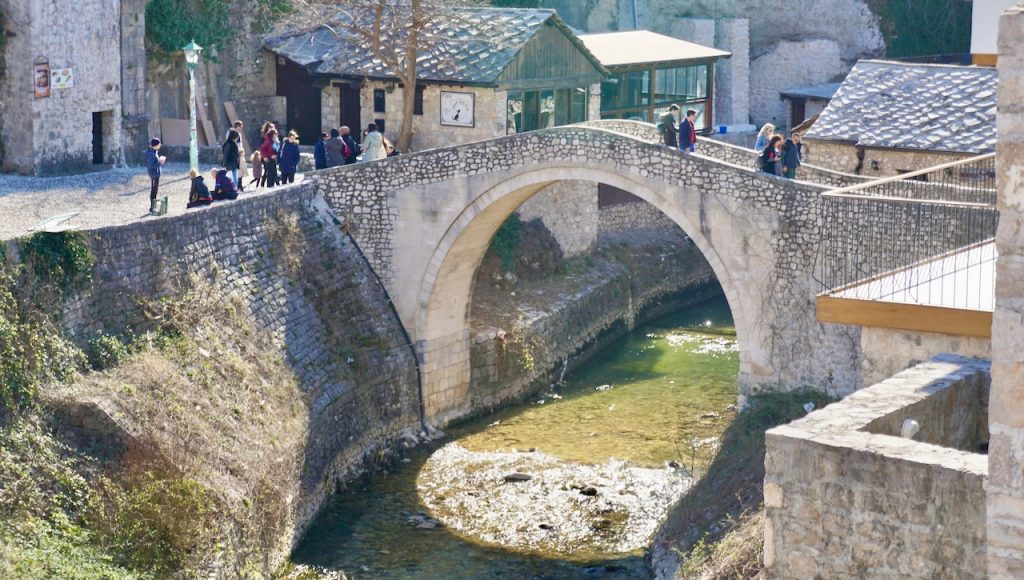
Historically, the city state of Venice occupied the Dalmatian coast (as the coastal region of present-day Croatia is known), building a network of fortresses, including the fortress featured in my previous blog about Montenegro. These fortresses still exist, some unchanged and others in varying states of decay. These are the fortresses featured in Game of Thrones.
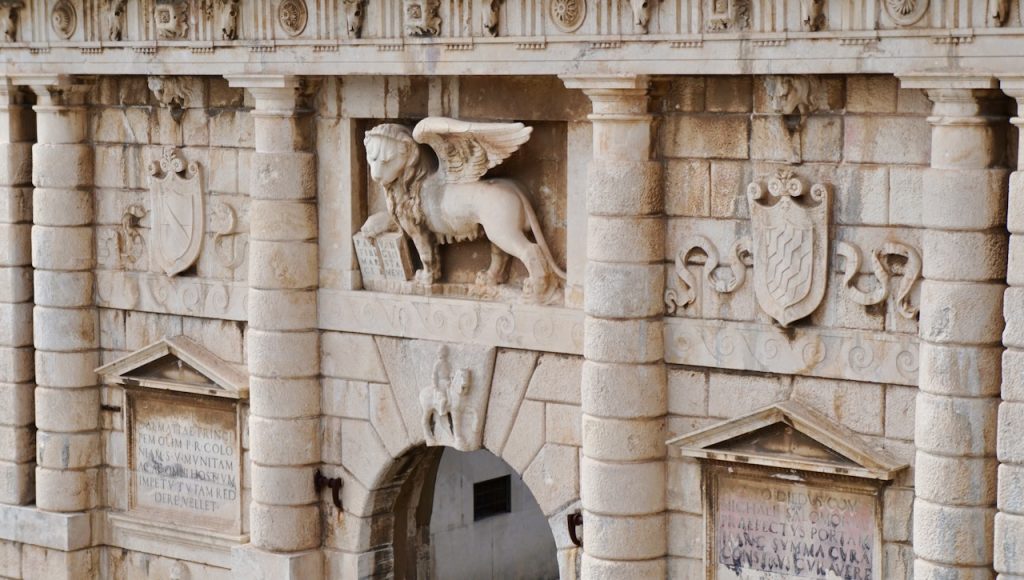
Zadar
During our visit to Zadar, we took an excursion to Krka National Park which contains a network of waterfalls. The exceptional feature about these waterfalls is that they are not the product of erosion, which is the usual mechanism that creates waterfalls. Rather, they are created by a chemical reaction between the calcium carbonate in the limestone soil and the aquatic vegetation. Over many centuries, a porous mineral precipitate builds up, sometimes creating pools and waterfalls, of which a fantastic example is found in the Krka National Park about a two hour drive from Zadar. These mineral buildups are called tufas. Another famous example of tufas is the large tufa formations found in Mono Lake, east of Yosemite National Park in California near the Nevada border. Mono Lake’s tufas were created when the lake’s level was much higher in its prehistoric past. Krka’s tufas are still underwater and growing in depth.
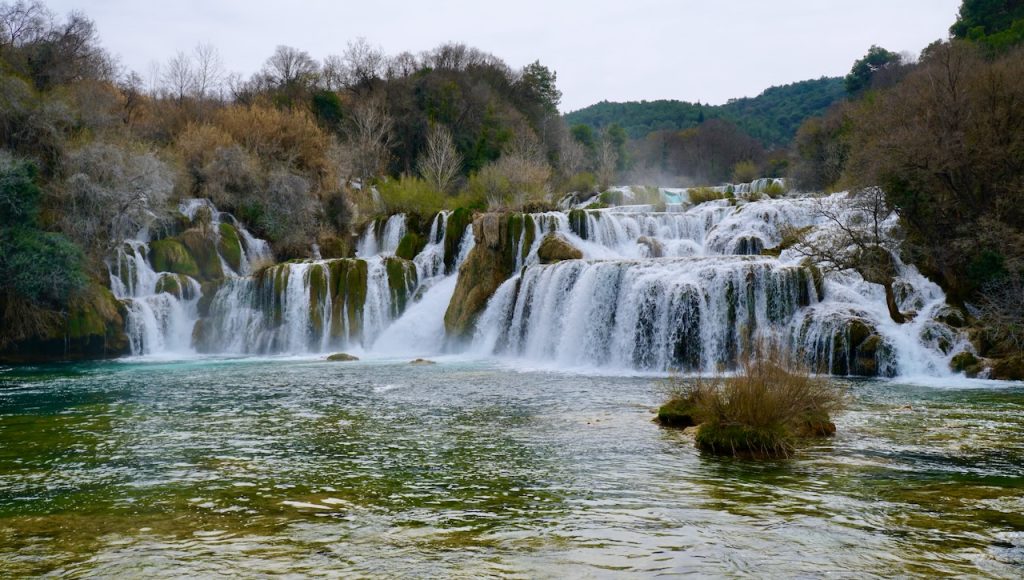
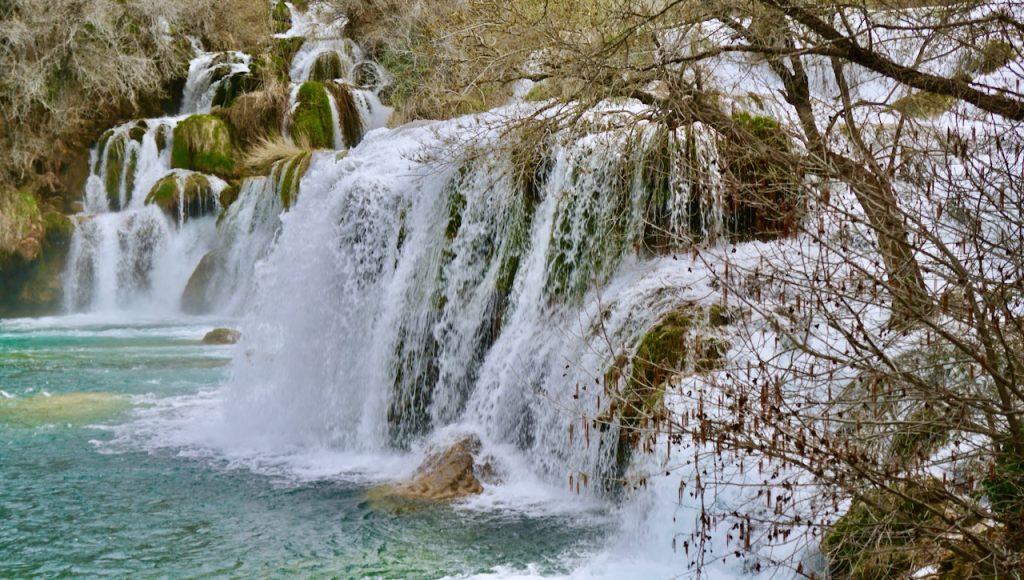
Split
Croatia’s second largest city of Split is home to the world’s largest surviving Roman palace, the 4th century palace of the Roman emperor Diocletian. Parts of the palace, which was actually a city enclosed by a protective wall, were damaged during various historic military incursions. For example, many of the original sculptures are missing their heads. Both Muslim and Christian conquerors routinely destroyed the sculptures depicting rulers and deities of the losing empires. Split’s Roman palace is a location used in some scenes from the fourth season of Game of Thrones.
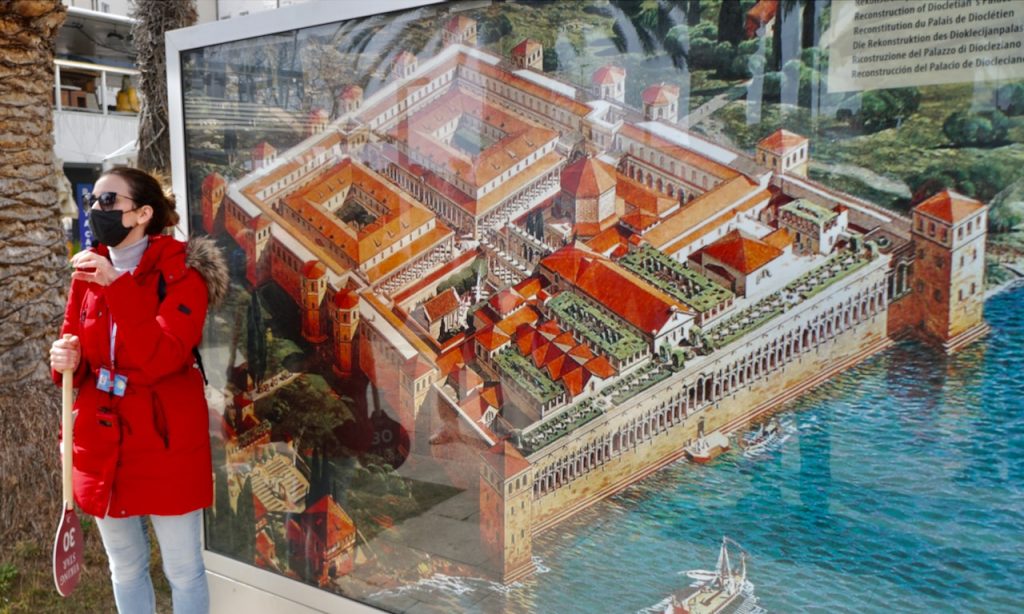
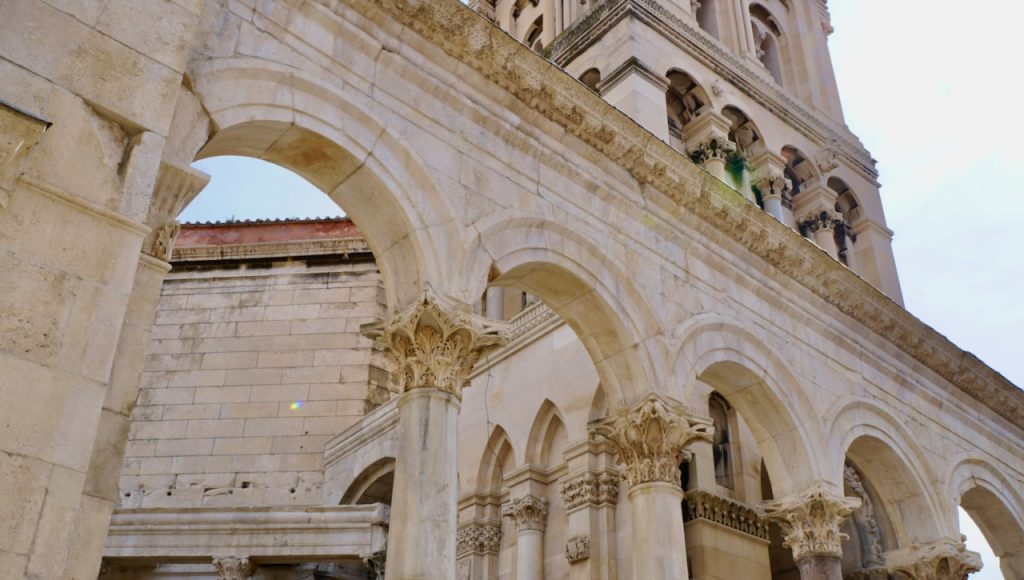
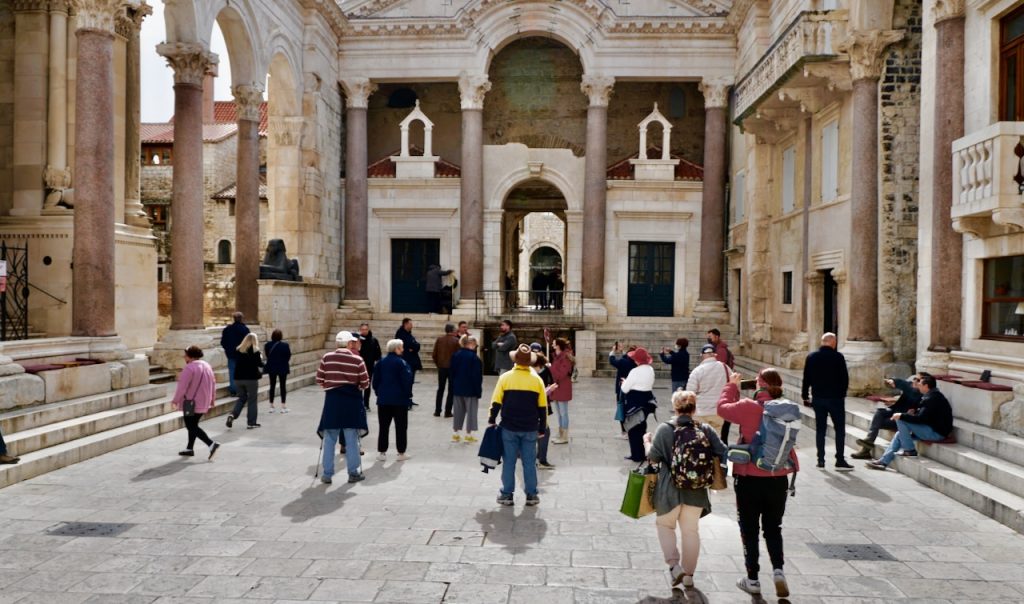
Dubrovnik
The medieval walled city of Dubrovnik has been called “the Pearl of the Adriatic.” The city dates from the 7th century, and existed as a prosperous independent city-state during the Middle Ages, known for its diplomacy and wealth. It never had its own military. Our guide explained that Dubrovnik bought its protection by paying tributes and bribes to the Ottoman Empire. Thus, the Ottomans were content to receive regular tribute payments without having to conquer or subdue the city. Later, Dubrovnik was conquered by Napoleon, followed by being subsumed into the Austrian empire, and finally became part of the confederation of Yugoslavia. Marshall Tito died in 1980. The six (formerly independent) provinces of Yugoslavia wanted to become independent countries again. But Serbia had been the largest province, home to the government and military under Tito’s dictatorship. Serbia sought to use its military to maintain control of the former provinces of Yugoslavia. Dubrovnik was shelled for seven months by the Serbians in 1991 in what is called the Croatian War for Independence. (How was I completely ignorant of this war during that year?) But after gaining its independence and restoring the old city to its former glory, Dubrovnik is an increasingly popular tourist destination.
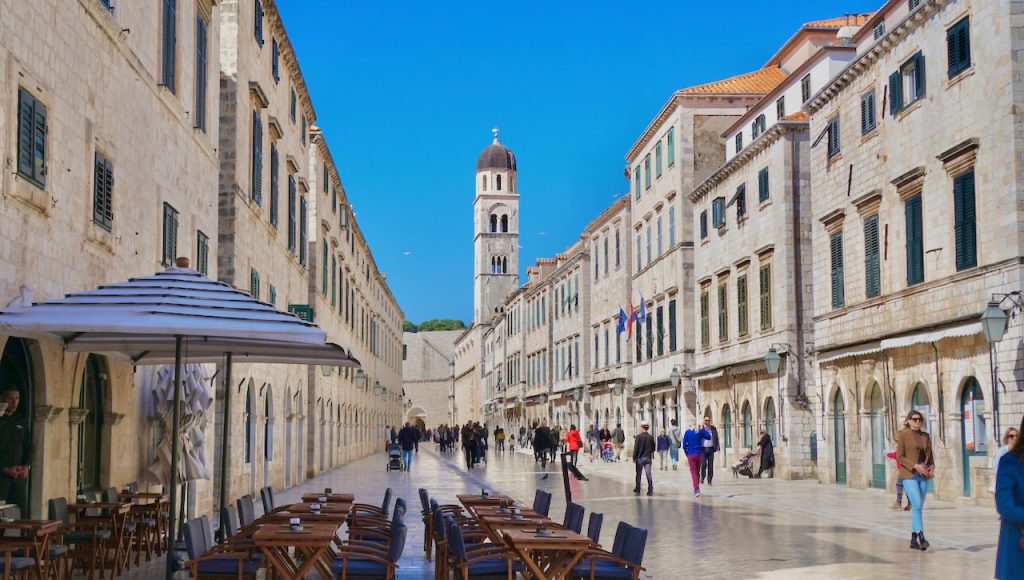
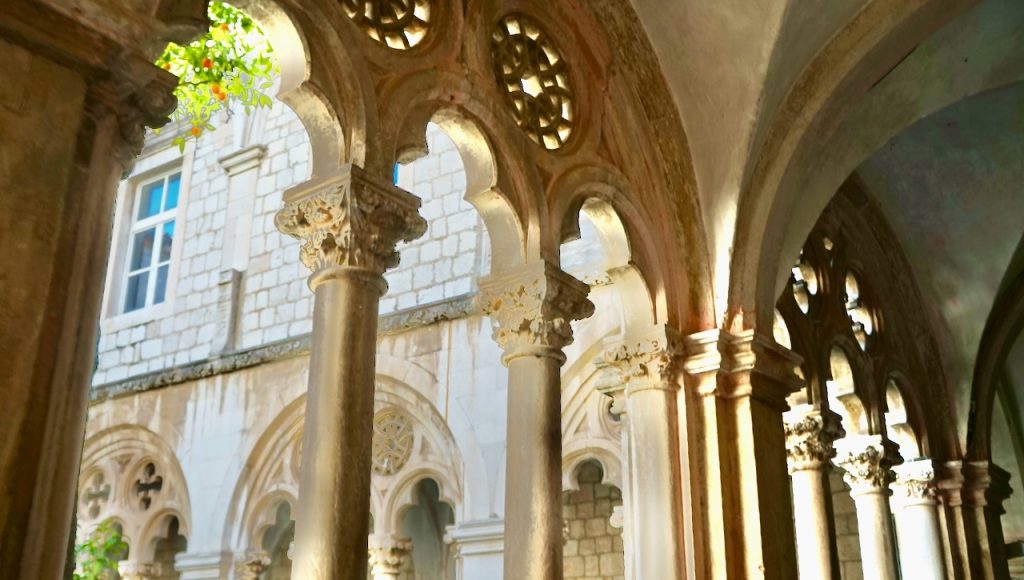

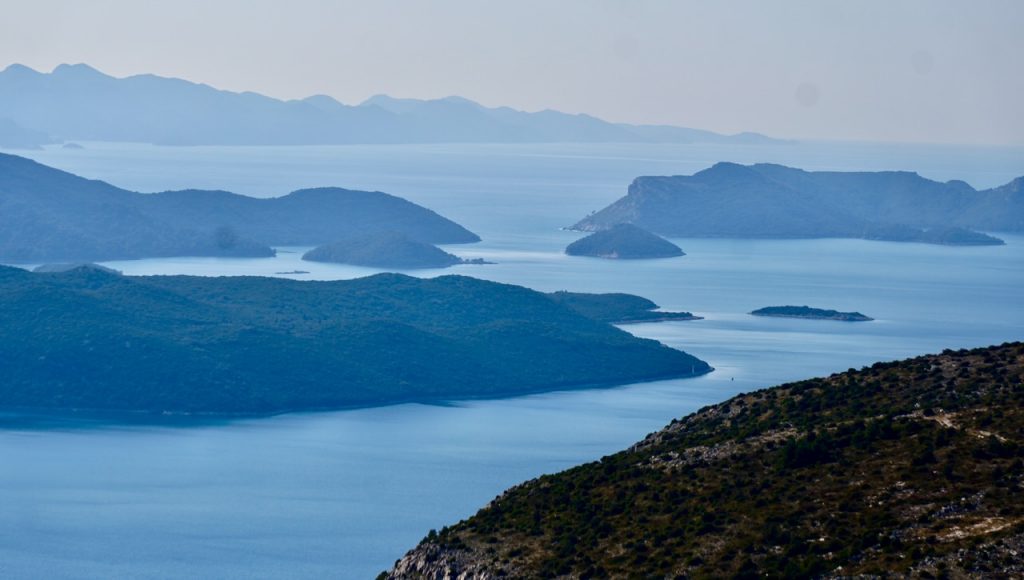
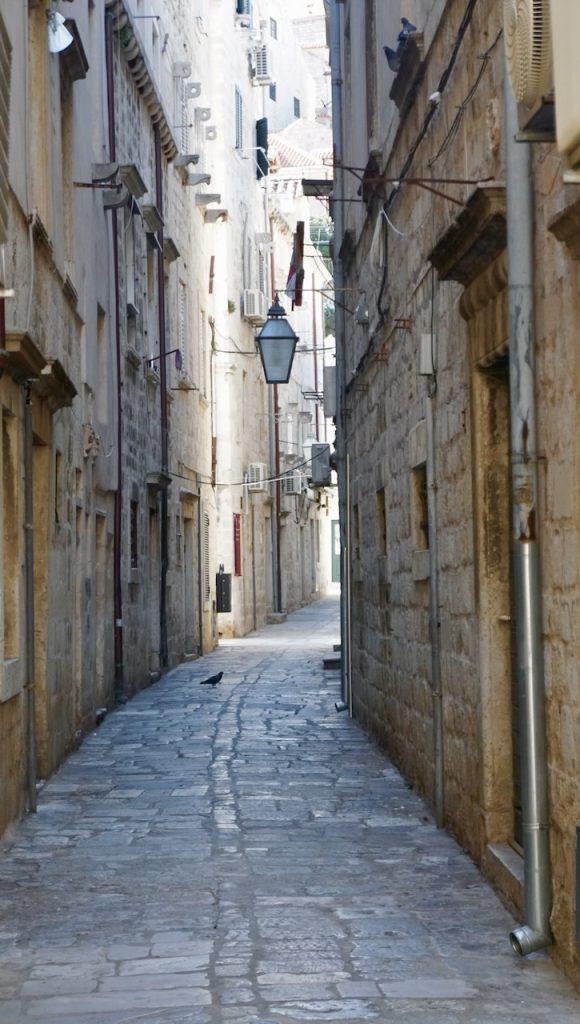
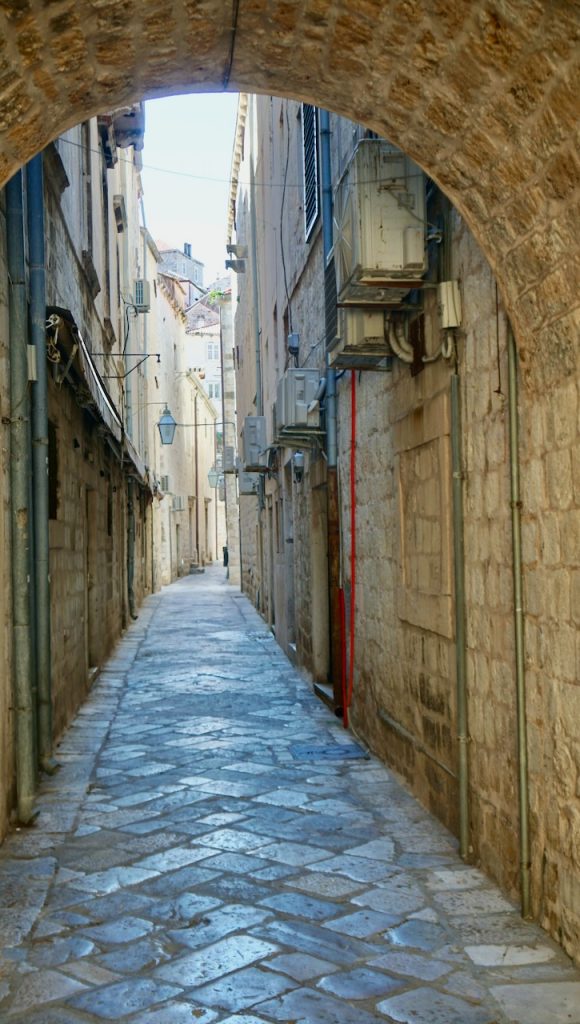
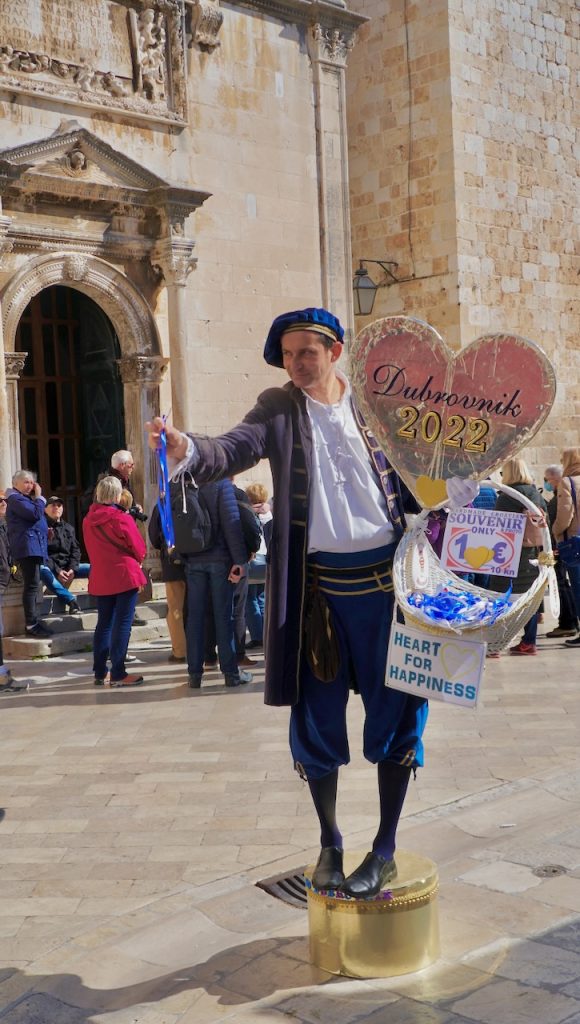
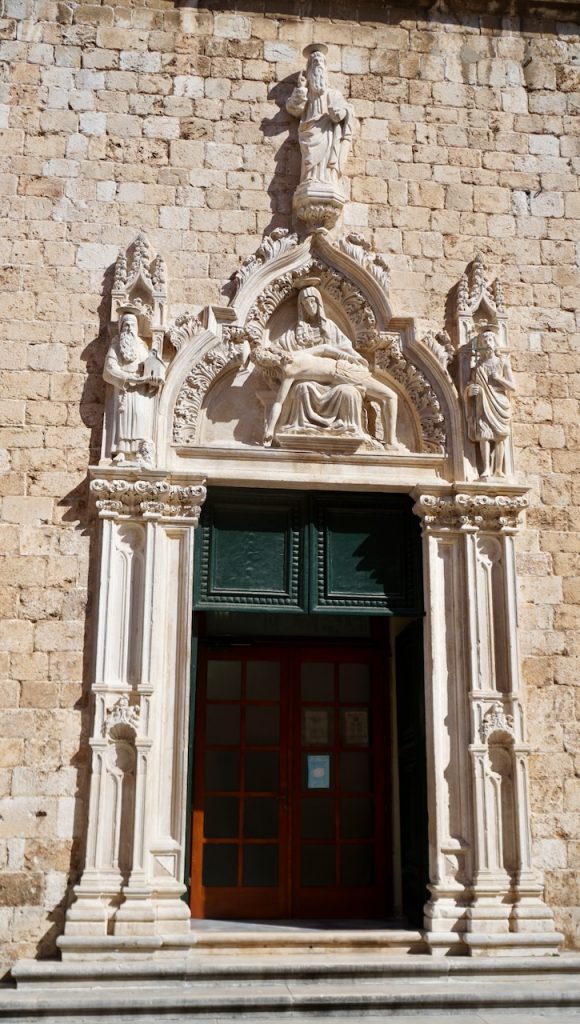
5 Comments on Croatia = Game of Thrones
Join the Conversation